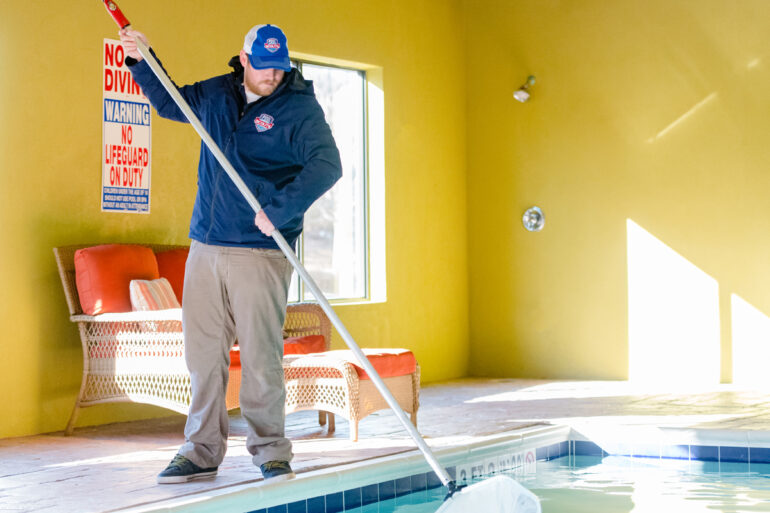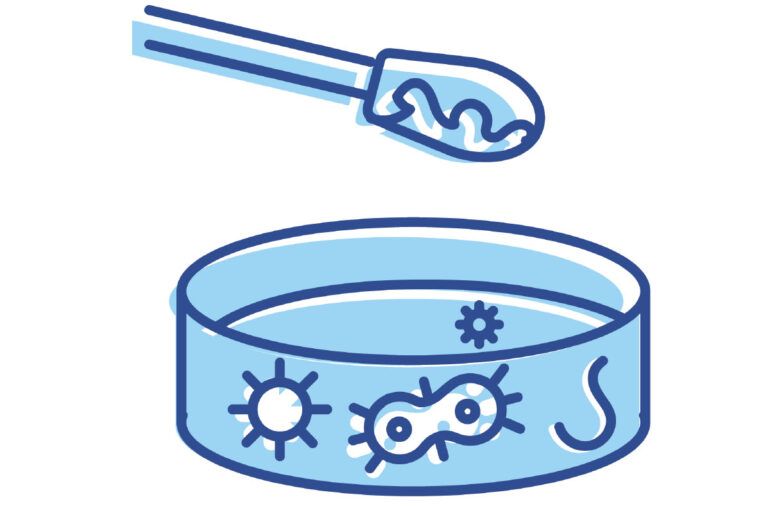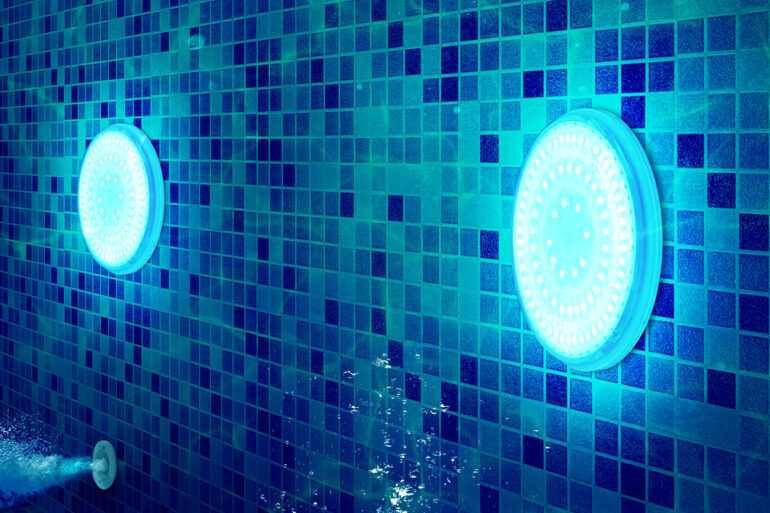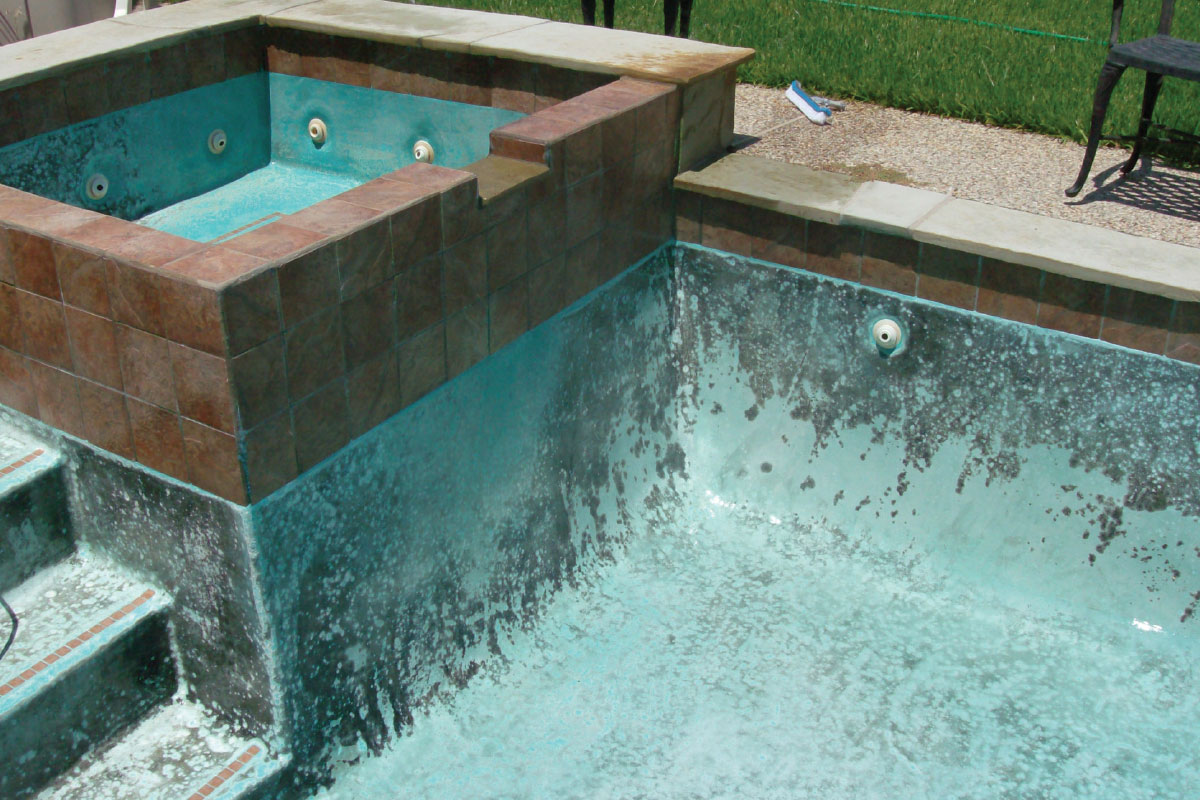Preserving the Fleet

Many companies have entire fleets of Hammerheads, Riptides or other battery-powered pool vacuums. These receive heavy use and can rack up damages. The cost for these vacuums can be in the thousands, and replacement parts are several hundred dollars. Making these units last as long as possible is paramount for a growing company.
At MPS, we have a digital report each technician completes on their iPad by the last Thursday of each month to inspect their assigned Hammerhead pool cleaner for wear and tear, as well as damages. The report takes 10 to 15 minutes as techs check each listed item on their Hammerhead, indicating good/fair/bad with a short description of the problem.
The reports are sent to a designated email address where the manager compiles a list and updates the spreadsheet of what needs to be repaired. Each tech’s Hammerhead is labeled with a designator assigned to the tech that matches the tech’s truck hitch label. This helps keep confusion down on whose is whose and helps monitor use, damage and repairs. Normal wear and tear is expected, but major damage, loss or theft are the technician’s responsibility.
Items to Watch for Hammerhead/Pool Vacuum Care
Cords needs to be wound up in large, not small, loops to preserve the cord and keep it from crimping. If this is not done, the cords will become tangled and knot internally.
Check the propeller for hair and/or tiny tree fibers to prevent them from binding and putting extra strain on the motor.
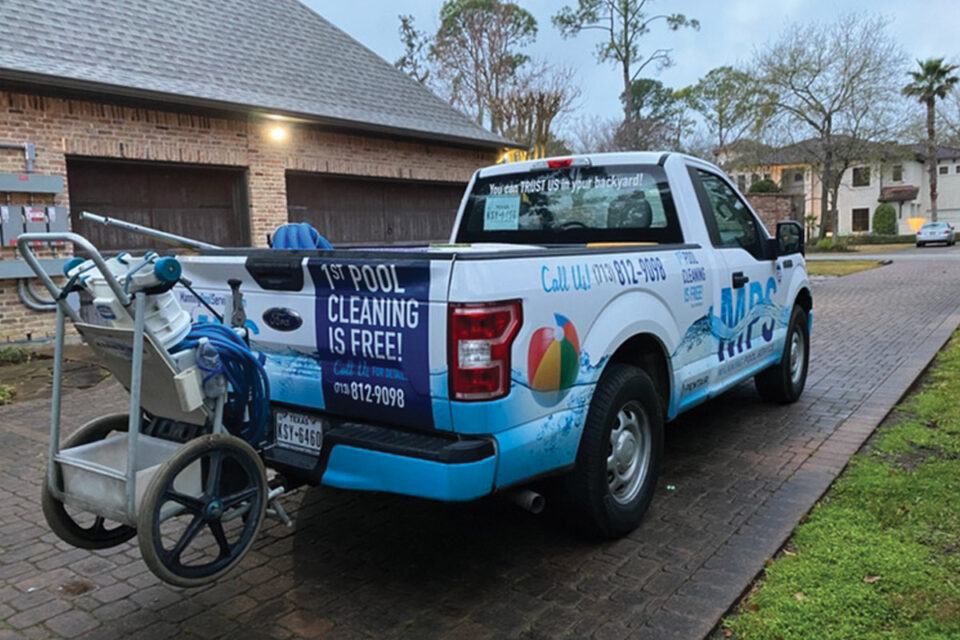
Locking up your Hammerhead fleet in the summer and focusing on system vacuuming, or “old school” hose vacuuming, can preserve the life of your fleet and give you time to repair them. This will also force your crew to hose vac, which will get the smaller microns of debris for cleaner water during swim season.
Hitch mount, hitch and safety pins need to be inspected for stability and rust damage. This is important because if a Hammerhead hitch breaks or is not secured properly, you are looking at a lawsuit or injury to others. Plus, you will potentially damage the unit beyond the point of saving.
If the shell is cracked, it will not get the same suction as it once did. It needs to be intact as engineered to deliver the full force of the propeller.
The edge of the shell should not be used like a skateboard to “grind” on the edge of the steps, benches or ledges. This will wallow out the straight edges of the shell and compromise its design, which will ultimately reduce the flow of water and lessen its impact of bringing water/debris from around the vacuum and placing it in the bag. This can be avoided by instructing techs to pick up the unit and hopping it along during use, instead of dragging it across the strong plaster of the pool. Plaster is going to win against plastic every time.
Check the wheels and bearings and grease them for less friction to preserve them, and keep them from falling off while driving or at a customer’s house.
Check the blades of the propeller to see if they are sharp or broken. Filing them to be as sharp and straight-edge as possible will help provide a stronger current into the bag as well as cut the debris as it crosses the blades. If they are dull or have pieces missing from stuck toys or sticks, they will not cut debris.
Check the battery terminals for corrosion or damage. Batteries are a huge part of the unit. First of all, they must be charged every night between uses. ABC — always be charging. They consume so much energy and deplete the battery as we use them throughout the day. If we don’t charge them nightly, we will deplete it further until the unit doesn’t work. Charging it nightly will keep the battery in the green and will ultimately lengthen its life. Secondly, if the battery terminal is not cleaned often, corrosion may form, which will spread to the charger and ruin the battery more quickly.
Absolutely nothing should be stored in the back crate of the Hammerhead, especially not acid or the test kit. Anything has the high possibility of bouncing out of the truck or flying off while on the freeway. This is a huge safety risk.
Two Bungie cords should secure the Hammerhead while driving; one is not enough. No one wants a bouncing vacuum head dangling from your truck on the freeway. It would not look good for your company and would ruin your expensive vacuum.
Replacing the white feet at the bottom of the cart is easy and inexpensive. This will save you from scratching up an expensive deck at a customer’s house. I hope this information helps others preserve their fleet and save money.


